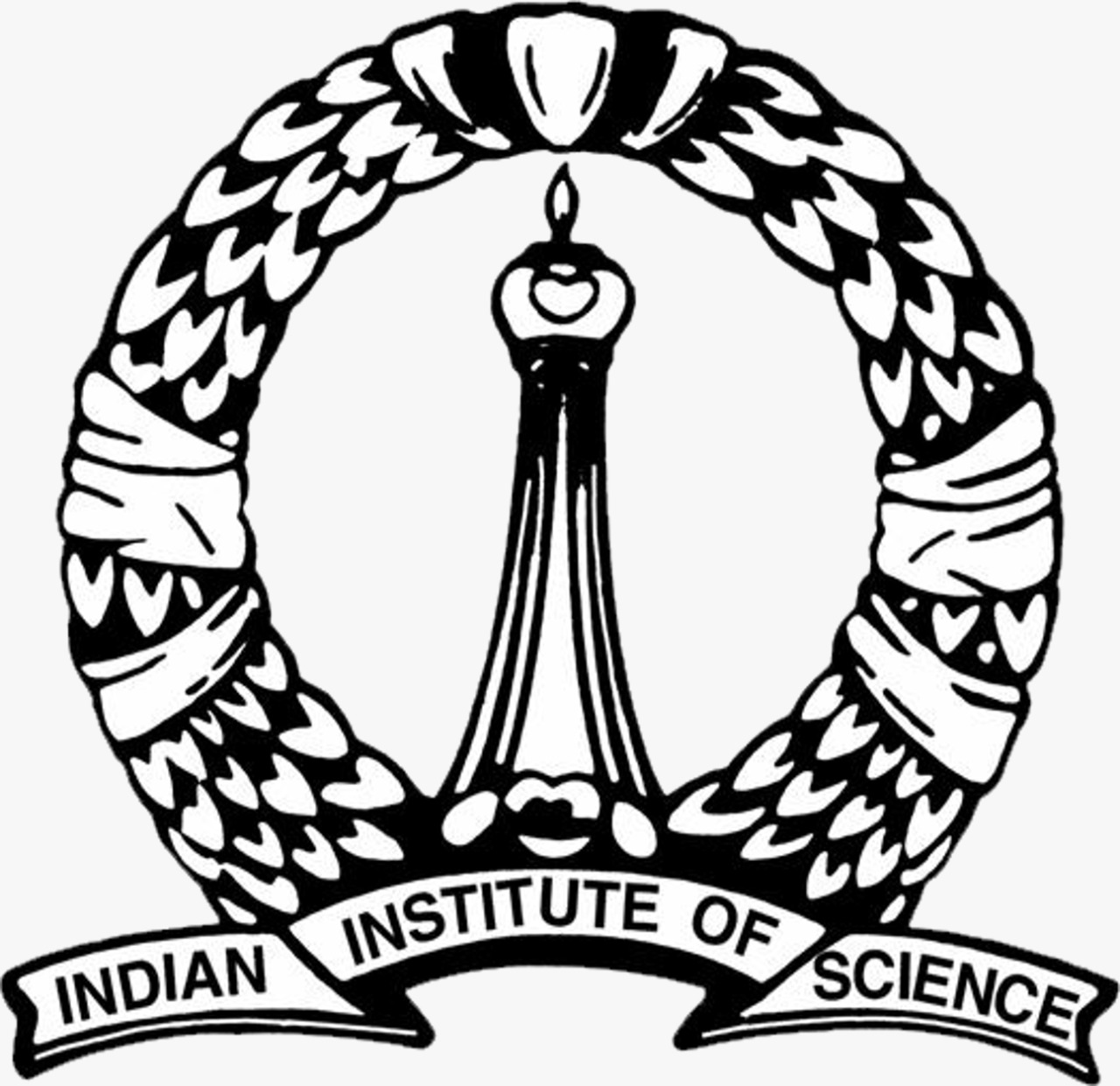 |
Ichthyofauna Diversity in Relation to
Water Quality of Lakes of Bangalore,
Karnataka
|
 |
V.
Sincy1,4
R. Jaishanker4
K.S. Asulabha1,4
T.V.
Ramachandra1,2,3,*
1 Energy and Wetlands Research Group, Centre for Ecological Sciences [CES],
2 Centre for Sustainable Technologies (astra)
3 Centre for infrastructure, Sustainable Transportation and Urban Planning [CiSTUP]
Indian Institute of Science, Bangalore – 560012, India.
4Indian Institute of Information Technology and Management-Kerala (IIITM-K),
Thiruvananthapuram, Kerala
*Corresponding author: tvr@iisc.ernet.in
|
Conclusion
The current study recorded the ichthyofauna diversity and
assessed the water quality of 36 lakes in Bangalore district,
Karnataka. The order Cypriniformesis dominant in Bangalore
lakes. The rapiddecline inichthyofauna diversity is noticed in
Bangalore lakes due to water pollution, habitat
degradation,overfishing,invasion of exotic species and climate
change. A decline in the population of native species is evident
due to the invasion of exotic species. The lakes of Bangalore
are polluted due to the sustained inflow of raw sewage and
partially treated wastewater. In the present study, PCA helped
in understanding the vital physico-chemical parameters that
caused changes in lake water quality. PCA of the water quality
data evolved four PCs, explaining about 81.4 per cent of the
total variance. The main factors affecting lake water quality
are water temperature, TDS, EC, total hardness, calcium,
magnesium, chloride, turbidity, BOD and COD. These factors
correspond to ionic and organic pollution of lakes mainly due to
the sustained discharge of untreated
or partially treated domestic sewage and industrial wastewater.
The water quality index (WQI) for the 36 monitored lakes,
revealed that about 56 per cent of lakes fell under very poor
water quality category. Lakes such as Basavanapura,
Mallathahalli and Sheelavanthakere are polluted and are with
poor fish diversity and yield. This necessitates rejuvenation of
lakes and arresting anthropogenic pollution sources to protect
the aquatic life in lakes of Bangalore. A regular monitoring of
lakes and its biodiversity is necessary to raise awareness among
the community and conserve the fragile productive
ecosystems.
Acknowledgments
We thank The ENVIS Division, The Ministry of Environment, Forests
and Climate Change, Government of India and Indian Institute of
Science (IISc) for the sustained support to ecological
research.
|
|
Citation :V. Sincy, R. Jaishanker, K.S. Asulabha and T.V. Ramachandra,
2022. Ichthyofauna Diversity in Relation to Water Quality of Lakes of Bangalore, Karnataka,
9th Chapter, In: Shashikanth Majige (eds), Biodiversity – A Way forward, Daya publishing
House, New Delhi Pp 115-146
|

